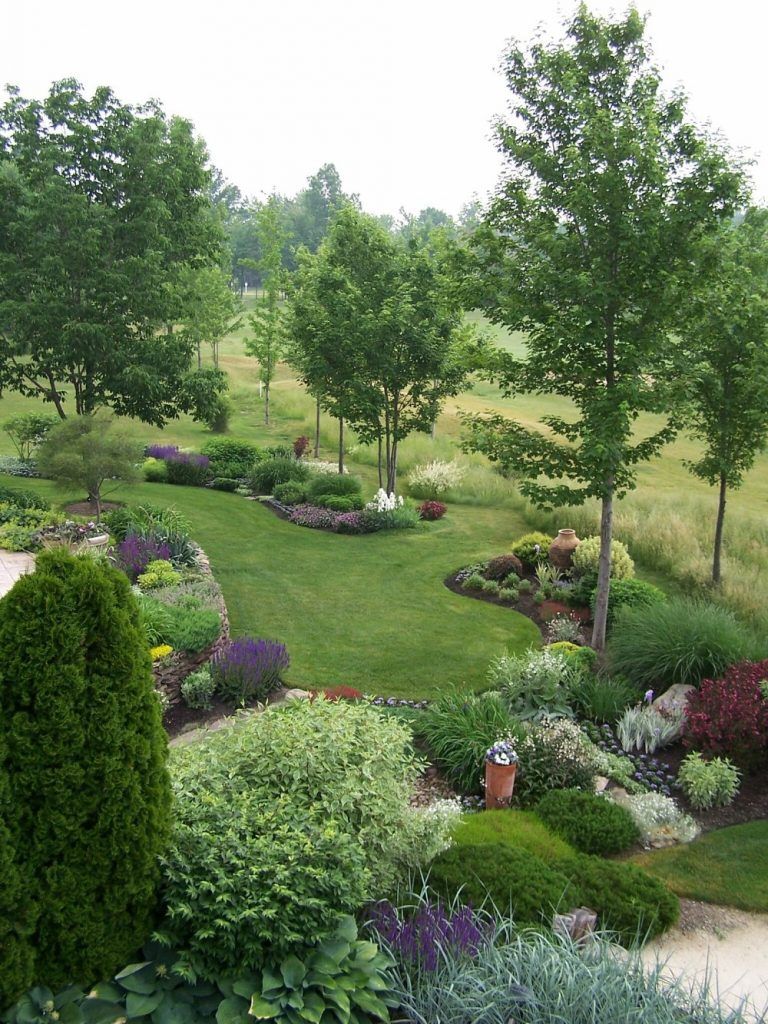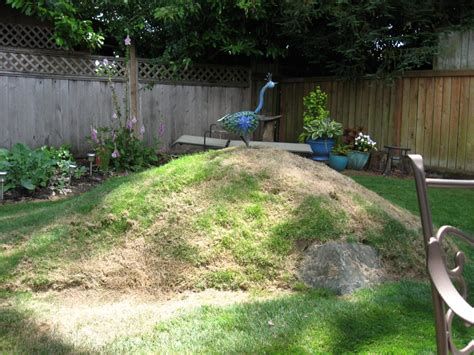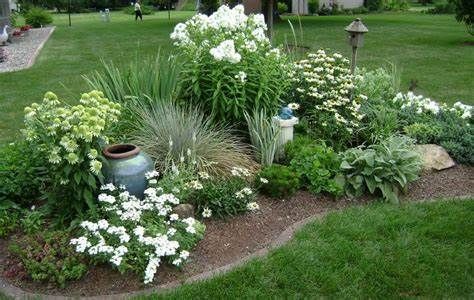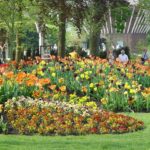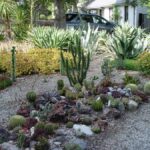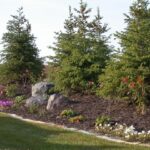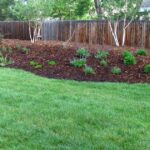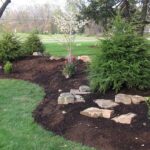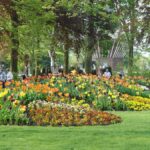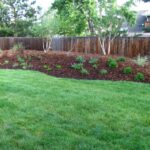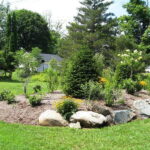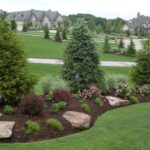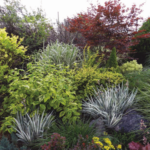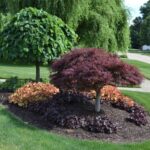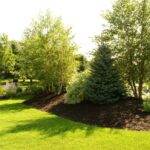Landscaping berms are a great way to add visual interest and dimension to your outdoor space. Berms are mounded areas of soil that can vary in shape, size, and height, and they can be a versatile addition to any landscape design. Here are some landscaping berm ideas to consider for your own yard.
One popular berm idea is to create a focal point in your garden by placing a berm in the center of a flower bed or lawn. This can help draw the eye and create a visually appealing centerpiece. You can plant colorful flowers, shrubs, or even trees on the berm to add texture and dimension to the space.
Another landscaping berm idea is to use them as a natural barrier or screen. You can strategically place berms around outdoor seating areas, patios, or play areas to create a sense of privacy and seclusion. This can also help block out unsightly views or noisy neighbors, making your outdoor space more enjoyable and relaxing.
Berms can also be used to create interest and definition in a flat or monotonous landscape. By adding berms of varying heights and shapes, you can create a more dynamic and visually appealing outdoor space. You can also use berms to help direct the flow of water in your yard and prevent erosion.
One creative berm idea is to incorporate a water feature into the design. You can build a small pond or water garden on top of a berm, or create a cascading waterfall that flows down the side of the mound. This can add a calming and tranquil element to your outdoor space, and attract birds and other wildlife to your yard.
If you have a sloped yard, berms can be a practical way to create terraced levels that allow for easier maintenance and accessibility. By strategically placing berms at different levels, you can create distinct areas for planting, entertaining, or relaxing. You can also use berms to help retain soil and prevent erosion on slopes.
Finally, berms can be used to create a sense of continuity and flow in your landscaping design. By strategically placing berms throughout your yard, you can create a cohesive look that ties different elements of your outdoor space together. You can also use berms to create meandering pathways or define different zones in your yard, such as a vegetable garden or a flower bed.
 yishifashion Where Outdoor Dreams Become Reality
yishifashion Where Outdoor Dreams Become Reality
